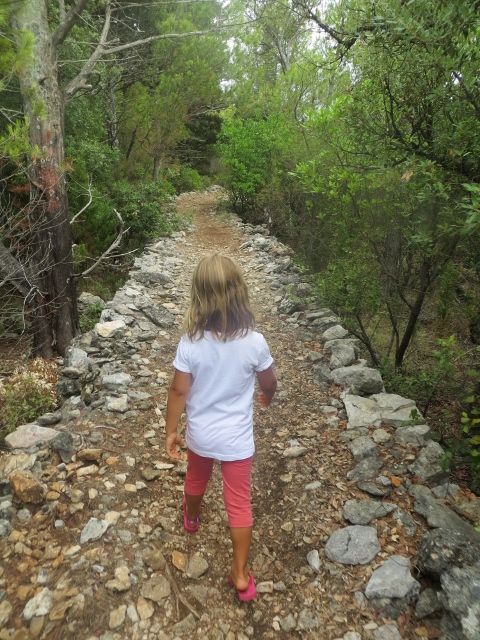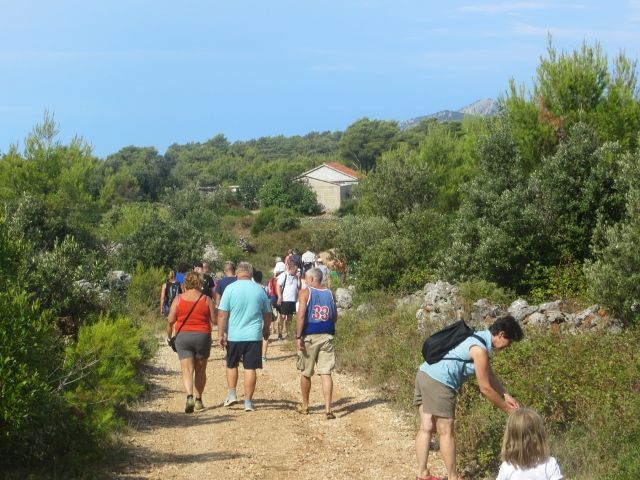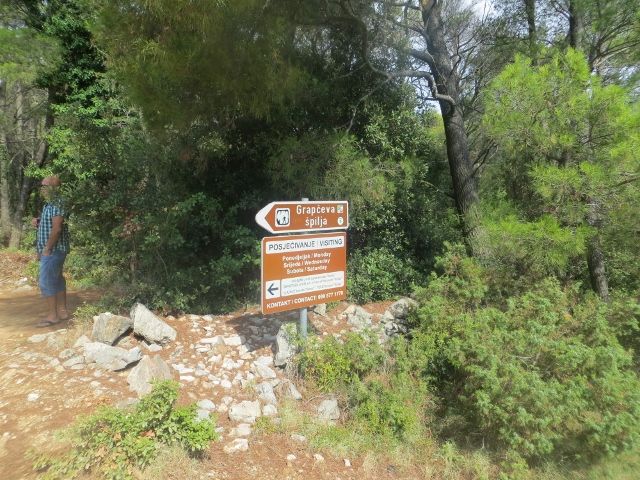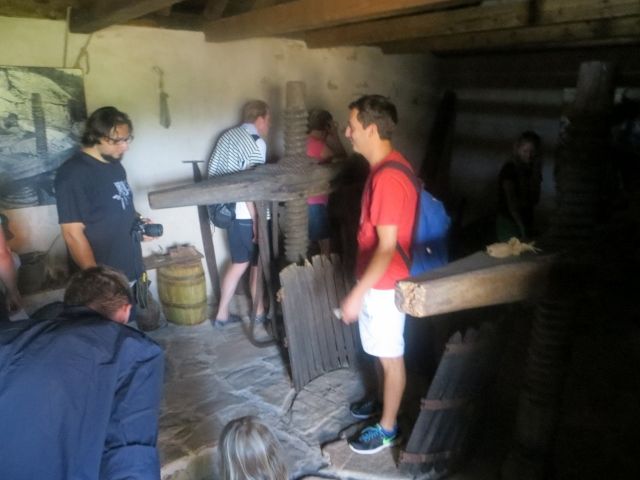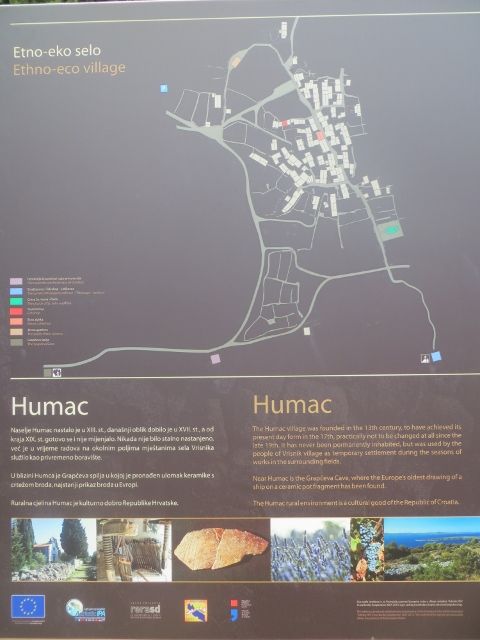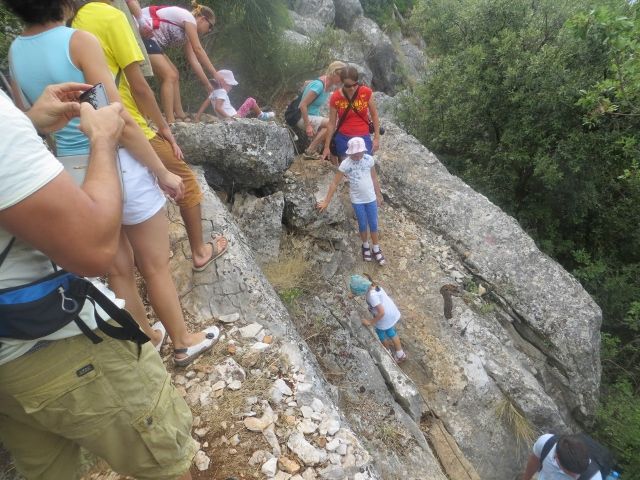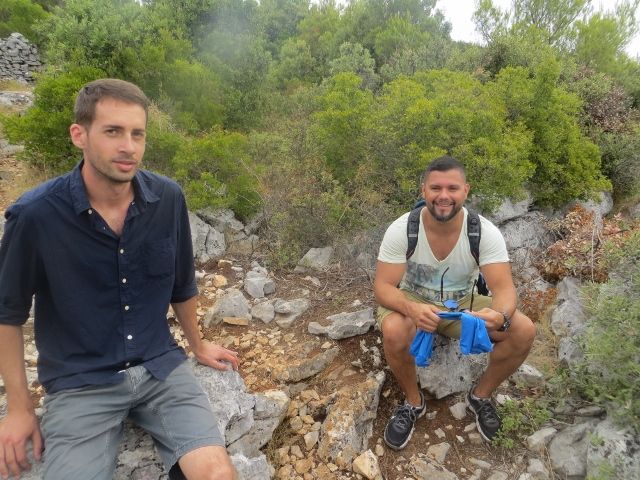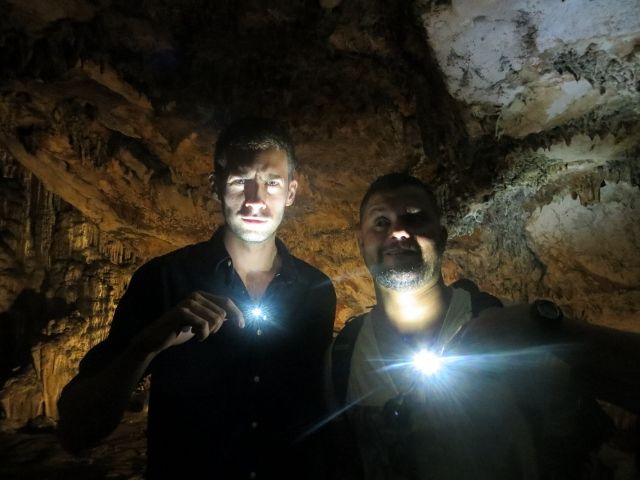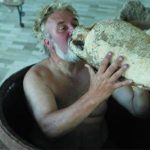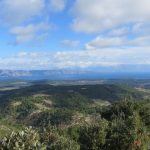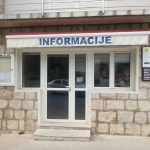For many visitors, summer on Hvar is more about the beach and the sun and all other rather fun activities related to these two. Sure, sun is great and the clear blue sea is awesome, but for me, the best time to visit the island is in spring or late summer and early autumn. Why?
Because of the weather.
We had more than 40 days of unbearable heat, when the only option for a daily activity was going to the beach. And while there is nothing better than soaking yourself in the warm Adriatic sea the whole day to cool down, there is so much you are missing on places and activities that can´t be done when it is too hot.
Humac is one of the places, where a cloudy sky is by far the best weather when visiting. Especially if you want to take those little people (aka kids), who are just not so cooperative if it is too hot to move around.
Humac is very accessible with the new road from Jelsa – a 15 min. drive was all it took us to get from Jelsa up the hill (and I am one of those safety-first drivers, so it could be even less). An organized tour is available during the summer on Mondays, Wednesdays and Saturdays, starting at 9:00 at the Konoba Humac for a 30 kn ticket (10 kn for kids).
Some 30 people gathered this morning, mostly foreign tourists and the very friendly Jurica Ivanković took all of us on a 2 hour tour around the village – through the stone houses, a museum of old wine-making tools, up to the beautiful church and down to the Grapceva cave.
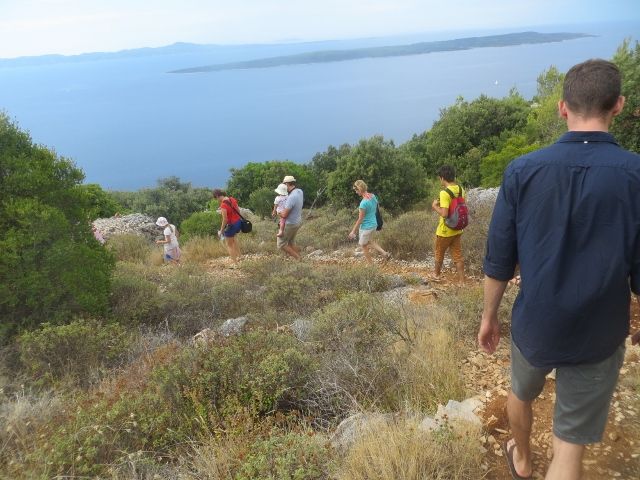
One of the most interesting things about Humac is that it was never intended for permanent residency. All of the 150 houses were build as a temporary home for people from Vrisnik during the time they worked on their fields, taking care of their vineyards.
Today, Humac is an Ethno-eco Village with a fabulous restaurant Konoba Humac offering traditional local cuisine, some accommodation availability in renovated old stone houses and a guided tour to the unique Grapceva cave, which is the one of the most important archaeological sites of the Mediterranean area reaching back to the Neolithic era.
The tour throught the village is suitable even for kids or older people, but getting to the cave itself can be a bit difficult as the rocky part just before the cave is pretty narrow and one needs to be careful. But with a little help even 4 year olds managed it just fine and we got into the cave in one piece.
The cave itself had a big opening with plenty of daylight, but some 2000 years b.c., an earthquake closed the entrance with rocks and left a small entrance on the side. Prepare to bent to get in, but once you are inside it is spacious and pretty magnificent with all those stalagmites and stalactites.
The Humac Association is working on keeping the place live with various activities, like the Ethno-eco Festival in June and new info boards and a map of the place, which is very helpful. There is also a great new telescope installed on the highest peak of the are, where you can enjoy the panorama of both sides of the island.
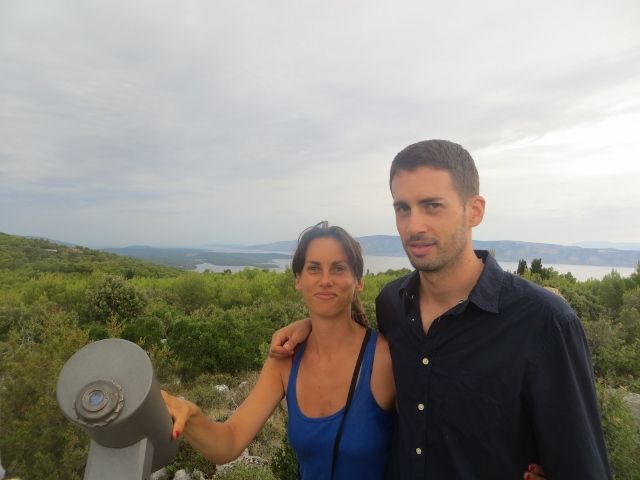
A great morning with my brother and his business partner visiting, the four of us had a great time on Humac. Hope the cloudy weather stays a while..
Subscribe to our newsletter
the fields marked with
* are required
